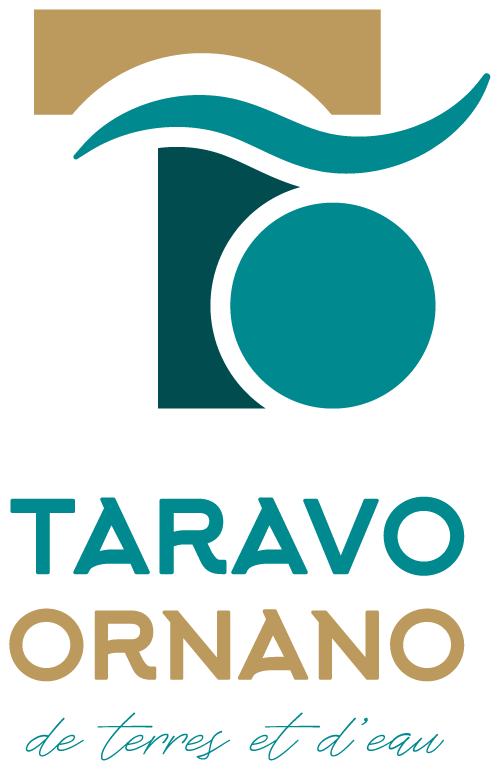On the road to Zicavo, you’ll discover this charming little village, surrounded by mountains and a forest of centuries-old oak trees, with its typical stone houses and fountains. The village is home to a number of archaeological sites, as well as the ruins of Canavaggio castle, burnt down in 1614 by the Campinchi people themselves in revolt against the local lord.
Albitreccia
This 4,500-hectare commune includes several villages: Albitreccia, Molini, Bisina, Monti Rossu, as well as the hamlets of Buselica, Beddi Valli, San Giorghju, a Masina and the small ruined hamlet of U Piano. The Mare à Mare Centre hiking trail crosses these areas on its way to the Col Saint Georges. There are numerous archaeological sites and medieval remains to discover, including seigniorial casteddi and Romanesque chapels. In the 16th century, the village of Albitreccia was called Frasso and was home to the bishops of Ajaccio, who bore the title of Counts of Frasso. In the village, you can visit the medieval church of Sainte Catherine, remodelled in the 19th century, or the granite fountain, Ripa in ghjo, with its frog-shaped spout. The coastline is still wild and unspoilt, with the exception of the large beach at Agosta, which attracts many holidaymakers.



